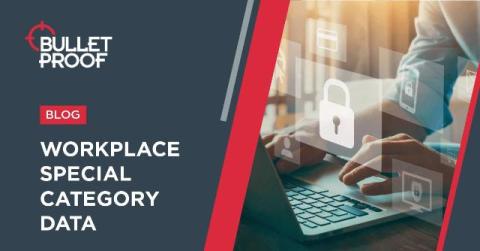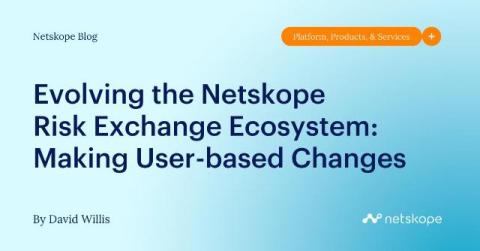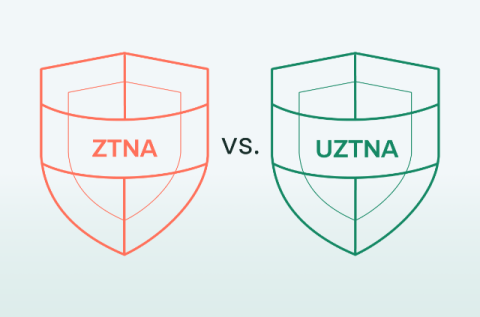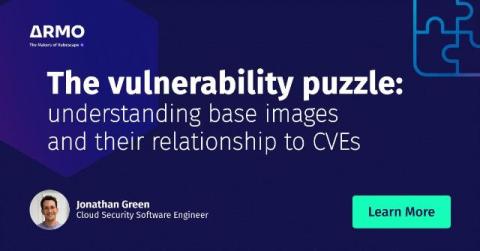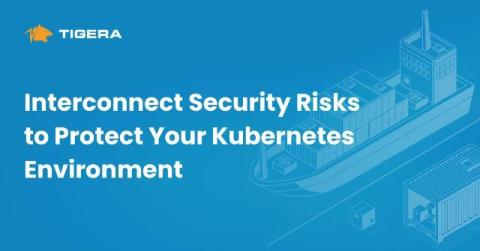Protecting Sensitive Data Sharing on Social Networking Sites
As organizations embrace social media for networking, marketing, and recruiting, platforms like Facebook, Instagram, LinkedIn, and X (formerly Twitter) have become integral to business operations. While social networking sites offer numerous benefits for productivity, collaboration, and engagement, they also introduce significant security challenges, particularly concerning the handling and potential exposure of sensitive data.




